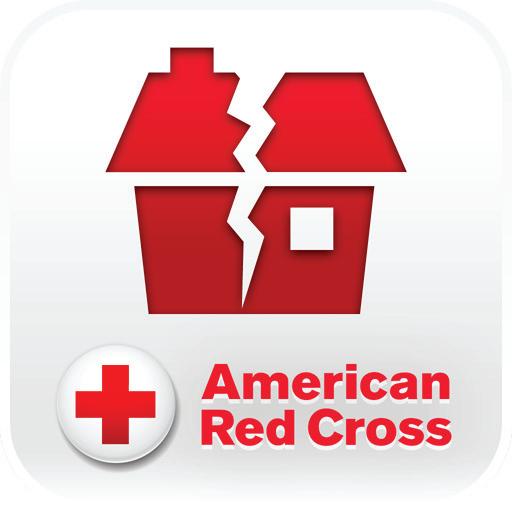

Earthquake Earthquake Earthquake

Six Steps to Safety
The recent wild re in the Glendora/Azusa area is a reminder that natural disasters can happen anywhere and any time. Now is a good time to prepare for that other type of Southern California disaster, earthquake.

1 2
Secure it now
Reducing and/or eliminating hazards throughout your home, neighborhood, workplace, and school can greatly reduce your risk of injury or death following the next earthquake or other disaster. Conduct a "hazard hunt" to help identify and x things such as unsecured televisions, computers, bookcases, furniture, unstrapped water heaters, etc.

Make a plan
Planning for an earthquake or other emergency is not much di erent from planning for a party or vacation. Make sure that your emergency plan includes evacuation and reunion plans; your out-of-state contact person's name and number; the location of your emergency supplies; and other pertinent information.

Make disaster kits

The following comes from the Los Angeles County Sheri ’s Department.
3 4 5 6
Everyone should have disaster supply kits stored in accessible locations at home, at work, and in your vehicle. Your disaster kits should include food, water, ashlights, portable radios, batteries, a rst aid kit, cash, extra medications, a whistle, re extinguisher, etc.
(For an extensive list of what to include in your emergency supply kit, and how much food and water to have on hand, visit www.bt.cdc.gov/preparedness/kit/disasters/.)
DROP, COVER, and HOLD ON!
Learn what to do during an earthquake, whether you're at home, at work, at school or just out and about. Taking the proper actions, such as "Drop, Cover, and Hold On," can save lives and reduce your risk of death or injury. During earthquakes, drop to the oor, take cover under a sturdy desk or table, and hold on to it rmly. Be prepared to move with it until the shaking stops.

Check it out
One of the rst things you should do following a major disaster is to check for injuries and damages that need immediate attention. Make sure you are trained in rst aid and in damage assessment techniques. You should be able to administer rst aid and to identify hazards such as damaged gas, water, sewage, and electrical lines. Be prepared to report damage to city or county government.

Communicate and recover
Following a major disaster, communication will be an important step in your recovery e orts. Turn on your portable radio for information and safety advisories. If your home is damaged, contact your insurance agent right away to begin your claims process. For most presidentially-declared disasters, resources will also be available from federal, state, and local government agencies.
Be ready for an earthquake with “Earthquake by American Red Cross.” Receive alerts and noti�ications when an earthquake occurs, prepare your family and home, �ind help and let others know you are safe even if the power is out – a must have for anyone who lives in an earthquakeprone area or has loved ones who do.
For a list of features and more information, go to www.redcross.org/mobil e-apps/earthquake-app.
For a link to download the quake alert app to your iPhone or Android device call **REDCROSS (**73327677) from your mobile phone. Or you can download them directly from the iTunes or Google Play app stores.


For more information about Council & Commission meetings, please call (562) 220-2225.
- 6:00
